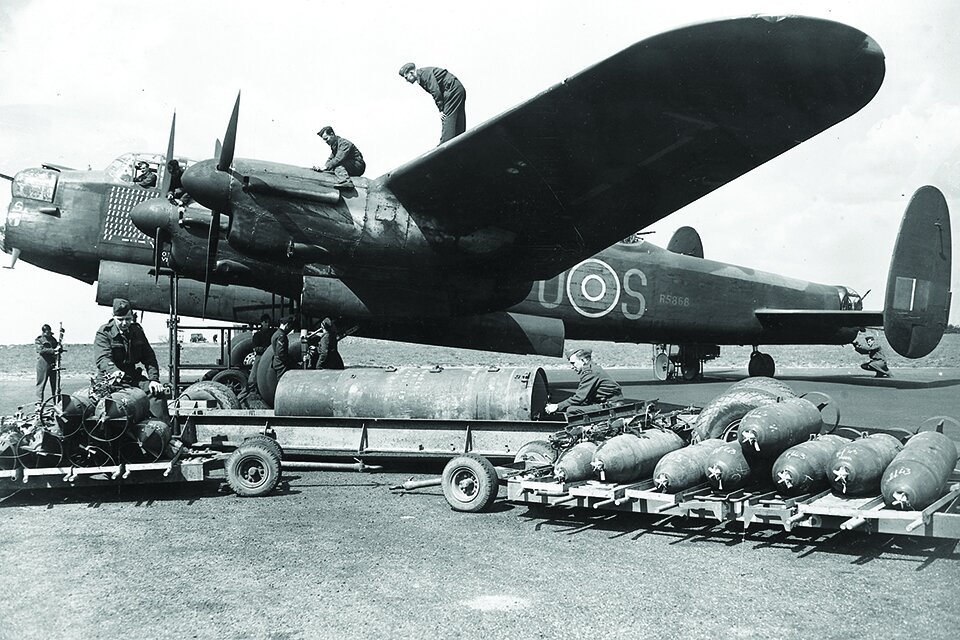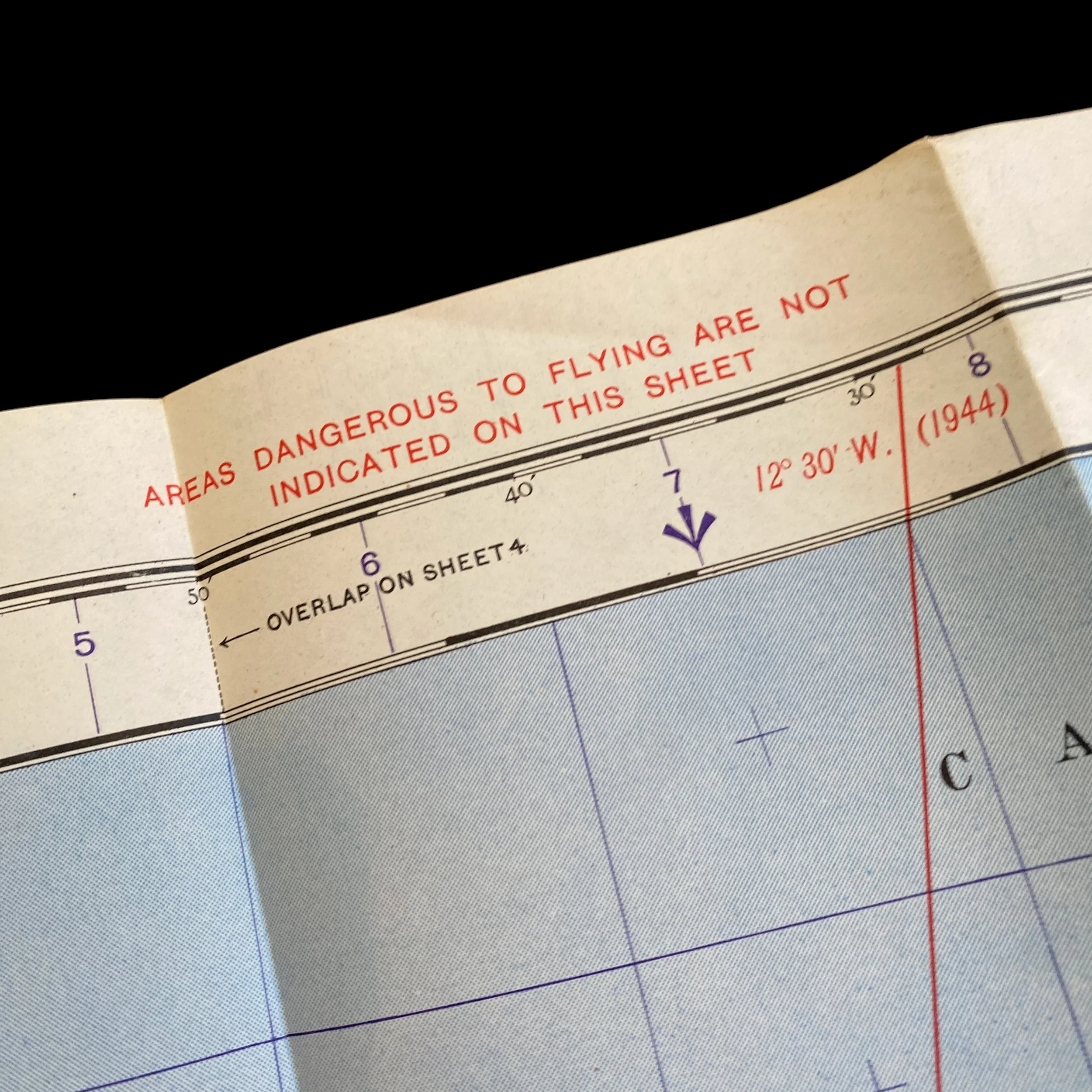WWII 1943 Allied (Royal Air Force & U.S.) "SOUTH WALES" 2nd “WAR REVISION” AIR Navigation Map*





















WWII 1943 Allied (Royal Air Force & U.S.) "SOUTH WALES" 2nd “WAR REVISION” AIR Navigation Map*
Comes with hand-signed C.O.A.
This original and museum-grade WWII Royal Air Force map is dated 1943 was use by R.A.F. and U.S. aircraft operating in and around the European Theater. This rare 2nd “WAR REVISION” AIR map was used for aerial navigation around the South Wales region and denotes “AREAS DANGEROUS TO FLYING”.
The R.A.F. and U.S. Operations in South Wales during World War II: A Crucial Theater in the European Campaign:
World War II was a global conflict that engulfed nations on multiple continents, reshaping the geopolitical landscape and altering the course of history. In the European Theater, the Allied forces engaged in intense warfare against Axis powers, particularly Germany, with battles spanning across various regions. Among these theaters, the operations conducted by the Royal Air Force (R.A.F.) and United States military in the South Wales area from 1941 to 1945 played a significant role in the Allied effort to secure victory.
Strategic Significance of South Wales
South Wales held crucial strategic importance during World War II due to its industrial capacity, maritime access, and proximity to key targets in Germany-occupied Europe. The region was home to vital ports such as Cardiff and Swansea, which served as vital hubs for shipping and naval operations. Furthermore, South Wales boasted a robust industrial infrastructure, including coal mines, steelworks, and manufacturing plants, making it a prime target for both Axis bombing raids and Allied strategic operations.
R.A.F. Operations
The R.A.F. played a central role in defending South Wales against German air raids and conducting offensive operations against Axis targets. Throughout the war, R.A.F. squadrons stationed in the region engaged in air defense, aerial reconnaissance, and bombing missions aimed at disrupting enemy supply lines and industrial infrastructure. One of the most notable R.A.F. operations in South Wales was the defense of Cardiff during the Cardiff Blitz of 1941. The city faced sustained bombing raids by the Luftwaffe, resulting in significant damage and loss of life. However, the R.A.F. mounted a determined defense, intercepting enemy aircraft and inflicting heavy casualties on German bomber squadrons.
U.S. Involvement
The United States military also played a vital role in operations around South Wales, particularly following its entry into the war after the attack on Pearl Harbor in December 1941. American forces established air bases in the region, providing logistical support and conducting bombing raids against Axis targets in Europe. The Eighth Air Force, in particular, operated from bases in South Wales, launching strategic bombing missions deep into enemy territory. These operations played a crucial role in degrading Germany's industrial capacity and undermining its war effort.
Collaborative Efforts
The cooperation between R.A.F. and U.S. forces in South Wales exemplified the Allied commitment to joint operations and mutual support. British and American aircrews worked together seamlessly, sharing intelligence, coordinating missions, and providing mutual assistance in times of need. This collaborative approach was essential in maximizing the effectiveness of Allied air power and achieving strategic objectives in the European Theater.
Challenges and Sacrifices
The operations conducted in South Wales were not without challenges and sacrifices. Both R.A.F. and U.S. personnel faced formidable obstacles, including adverse weather conditions, determined enemy resistance, and the ever-present risk of injury or death. The toll of war was keenly felt by the local population as well, with civilian casualties and widespread destruction becoming grim realities of everyday life.
Legacy and Impact
The legacy of R.A.F. and U.S. operations in South Wales during World War II endures as a testament to the courage, sacrifice, and determination of those who fought to defend freedom and democracy. The strategic significance of the region, coupled with the bravery and resilience of Allied forces, contributed significantly to the eventual defeat of the Axis powers and the liberation of Europe. Today, memorials and monuments stand as reminders of the sacrifices made during those tumultuous years, ensuring that the memory of those who served and died will never be forgotten.
In conclusion, the R.A.F. and U.S. operations in South Wales during World War II were integral to the Allied campaign in the European Theater. Through coordinated efforts and steadfast resolve, British and American forces defended the region, struck at the heart of the enemy, and helped turn the tide of war in favor of the Allies. The legacy of their actions serves as a poignant reminder of the enduring values of freedom, democracy, and solidarity in the face of tyranny and oppression.